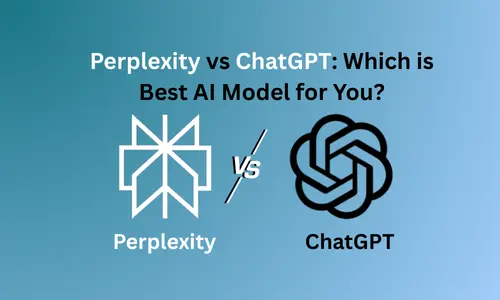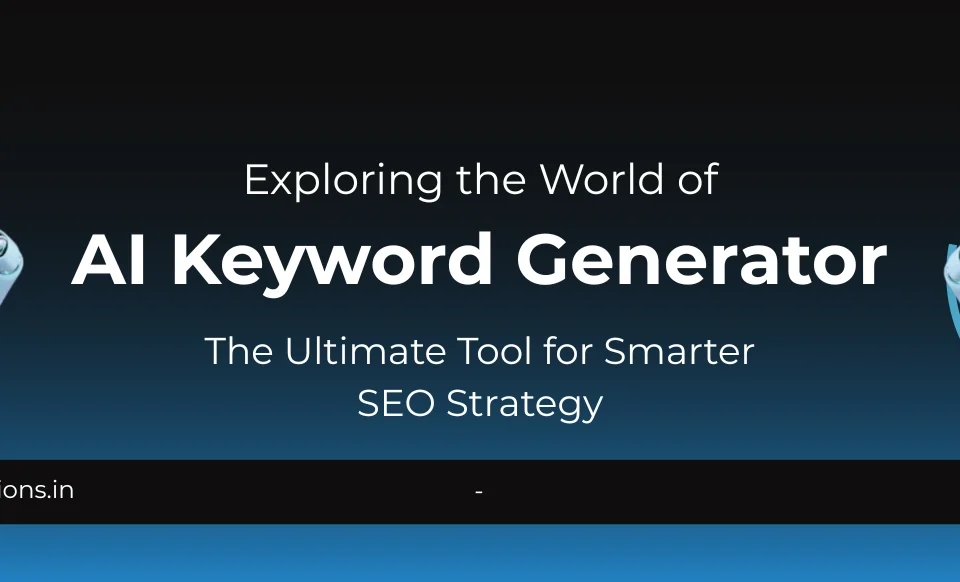Perplexity vs ChatGPT: Which is Best AI Model for You?

What is Perplexity AI? How Can Get Benefits?
September 15, 2025
Perplexity Paid vs. Free Features: Key Differences Explained
September 19, 2025Navigating the world of artificial intelligence tools can feel overwhelming with so many options available today. Perplexity vs ChatGPT stands out as one of the most discussed comparisons among users seeking reliable AI assistance. Whether you’re a researcher digging for facts or a creative professional brainstorming ideas, understanding these two powerhouses helps you pick the right one. This guide breaks down their features, strengths, and ideal scenarios to make your decision easier.
Both platforms have evolved significantly by 2025, incorporating advanced models and multimodal capabilities. Perplexity AI positions itself as a search engine alternative, emphasizing real-time information retrieval with citations. ChatGPT, on the other hand, shines in conversational depth and creative tasks, backed by OpenAI’s innovative ecosystem. As AI continues to integrate into daily workflows, knowing their nuances ensures you maximize productivity without unnecessary trial and error.
Understanding Perplexity AI
Perplexity AI emerged as a game-changer for information seekers, blending search engine functionality with AI-driven responses. Launched to address the limitations of traditional searches, it pulls data from the web in real time, providing answers backed by verifiable sources. Users appreciate its ability to cite references inline, reducing the risk of misinformation and building trust in the outputs.
Key features include multiple AI models like Sonar, Claude, Gemini, and even Grok, allowing customization based on the task. The platform supports voice queries, file uploads, and specialized modes such as Perplexity Labs for in-depth reports with charts and multimedia elements. For instance, it can generate a comprehensive analysis on historical events, complete with recent sources and visual aids. This makes it particularly appealing for academics and professionals needing quick, accurate insights.
In terms of user experience, Perplexity offers “Spaces” for organizing research, similar to digital notebooks. Its interface mimics a search bar but delivers polished, outlined responses with hoverable citations for easy verification. By focusing on retrieval-augmented generation, it ensures responses are fresh and relevant, often outperforming static knowledge bases in dynamic topics like current events or market trends.
Exploring ChatGPT
ChatGPT, developed by OpenAI, has become synonymous with versatile AI conversations since its inception. It excels in generating human-like text, handling complex queries, and maintaining context across interactions. With models such as GPT-4o and o3, it supports a wide array of tasks, from casual chats to professional problem-solving.
Standout capabilities include multimodal inputs—text, images, audio, and files—enabling features like real-time voice mode for interactive assistance. Users can create custom GPTs for tailored applications, analyze data, generate code, or even produce images via DALL·E integration. For example, it can draft emails, brainstorm marketing strategies, or debug programming scripts with step-by-step explanations.
The interface is conversational and intuitive, with options for ongoing dialogues and project management tools like Canvas for collaborative editing. ChatGPT’s strength lies in its adaptability, making it a go-to for creative endeavors where nuance and iteration are key. Recent updates have enhanced its reasoning abilities, allowing it to tackle intricate problems with logical breakdowns.
Key Differences Between Perplexity AI and ChatGPT
Functionality and Core Focus
At their core, these tools serve different purposes. Perplexity AI acts as an enhanced search tool, prioritizing factual accuracy through web integration and source citations. It shines in research-heavy scenarios, offering filters for academic papers or financial data. ChatGPT, conversely, emphasizes generative AI, excelling in creating content, simulating dialogues, and performing creative tasks without always needing external sources.
For multimodal support, both handle images and audio, but ChatGPT goes further with video generation via Sora and real-time camera-based queries. Perplexity provides deep research modes like Labs, which compile reports with visuals, while ChatGPT’s agents can autonomously complete tasks such as building spreadsheets.
Performance and Accuracy
Tests show Perplexity often edges out in speed and precision for factual queries. In one comparison of 11 prompts, it won in summarization by delivering concise, cited outputs, while ChatGPT added extra details that sometimes diluted focus. For real-time news or reasoning tasks, Perplexity’s access to fresh sources—up to 150 in deep modes—provides more reliable results.
ChatGPT performs better in creativity and coding, generating functional scripts or engaging stories with polished twists. However, it can occasionally rely on outdated training data unless web mode is activated, leading to less accurate responses in fast-changing topics. Overall, Perplexity is faster—sometimes 9x quicker—and more source-rich for research, but ChatGPT offers deeper analysis in versatile scenarios.
User Interface and Experience
Perplexity’s UI is clean and news-like, with steps tabs showing the search process and easy export options. It’s ideal for quick lookups, though it may feel rigid for open-ended chats. ChatGPT’s interface supports fluid conversations, with emojis and structured summaries enhancing readability, but it can overwhelm with verbosity.
Pricing Models
Affordability is similar, starting free with limits. Perplexity’s Pro tier costs $20/month for unlimited searches and advanced models, scaling to $40/month for Enterprise. ChatGPT offers Plus at $20/month, Pro at $200/month for heavy users, and team plans from $25/month annually. Both provide value, but Perplexity’s free version allows more queries daily, while ChatGPT caps messages.
Ideal Use Cases
When to Choose Perplexity AI
Opt for Perplexity when accuracy and citations matter most. It’s perfect for students compiling reports, journalists fact-checking, or businesses analyzing markets. For example, querying recent events yields cited summaries from authoritative sites, making it superior for SEO audits or technical research. Users on platforms like Reddit praise its research edge over ChatGPT for concise, source-backed outputs.
When to Choose ChatGPT
ChatGPT thrives in creative and interactive settings. Writers use it for drafting stories, developers for coding help, and educators for tutoring sessions. Its ability to maintain context makes it great for brainstorming sessions or generating personalized content, like marketing copy or translations. In tests, it outperformed in VBA scripting and imaginative prompts.
Pros and Cons
Perplexity AI Pros and Cons
Pros: Exceptional for research with real-time data and citations; fast responses; customizable models; organized Spaces feature. Cons: Weaker in creativity and coding; limited for ambiguous queries; occasional outdated info in niche languages.
ChatGPT Pros and Cons
Pros: Versatile for multiple tasks; strong in coding, creativity, and conversations; advanced multimodal features. Cons: Less focused on sources; can be verbose; requires manual web activation for freshness.
Which AI Tool is Right for You?
Your choice depends on priorities. If research and accuracy drive your work, Perplexity’s search-centric approach wins. For broader, creative applications, ChatGPT’s flexibility is unmatched. Many users, including those on X, combine both for optimal results—Perplexity for gathering info, ChatGPT for refining it. Consider starting with free tiers to test fit.
Conclusion
As AI tools advance in 2025, Perplexity AI and ChatGPT represent specialized excellence in their domains. By weighing your needs against their strengths—research depth versus creative versatility—you can select the best companion for efficiency. Experimenting with both reveals how they complement each other, turning potential rivals into a powerful duo for tackling modern challenges. Ultimately, the “best” AI is the one that aligns with your workflow, boosting productivity without complications.


